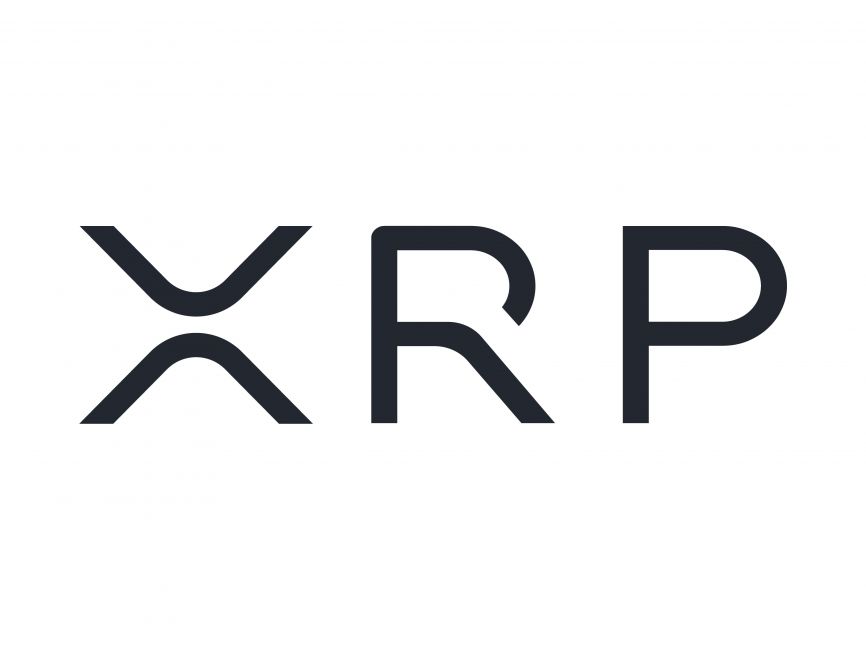ACH
ACH and Banking Basics
Automated Clearing House (ACH) is an electronic funds transfer system used for financial transactions in the banking industry. It provides a secure, reliable, and efficient method for processing various types of transactions between bank accounts.
How ACH Works
- ACH Network: The ACH network serves as the infrastructure that facilitates the transfer of funds between financial institutions. It operates under the governance of Nacha (formerly NACHA - The Electronic Payments Association).
- ACH Participants: Participants in the ACH network include financial institutions, businesses, and individuals. They initiate and receive ACH transactions through their bank accounts.
- Transaction Types: ACH supports different transaction types, such as:
- Direct Deposit: Used for payroll, government benefits, and vendor payments.
- Direct Payment: Enables individuals and businesses to pay bills electronically.
- B2B Payments: Facilitates business-to-business transactions, including supplier payments.
- P2P Payments: Allows individuals to send money to friends, family, or acquaintances.
- ACH Process: The ACH process involves the following steps:
- Authorization: The originator obtains permission from the receiver to initiate an ACH transaction.
- Initiation: The originator submits the transaction details to their bank.
- Processing: The originating bank submits the transaction to the ACH network.
- Clearing: The ACH network verifies and processes the transactions.
- Settlement: The receiving bank credits the funds to the recipient's account.
Benefits of ACH
- Efficiency: ACH transactions eliminate the need for paper checks, reducing processing time and manual handling.
- Cost-Effective: ACH transfers are typically less expensive compared to other payment methods, such as wire transfers.
- Security: ACH transactions are secure, with built-in safeguards to protect sensitive financial information.
- Convenience: ACH enables automated recurring payments, improving cash flow management for businesses and individuals.
ACH and Banking Regulations
- NACHA Operating Rules: NACHA establishes rules and guidelines governing ACH transactions, ensuring compliance and standardization.
- Reg E: Regulation E protects consumers by setting guidelines for electronic fund transfers, including ACH transactions.
- Reg CC: Regulation CC governs the availability of funds and the collection of checks, including ACH checks.
ACH has revolutionized the way financial transactions are conducted, providing a reliable and efficient mechanism for transferring funds electronically. Its widespread adoption has simplified and streamlined payment processes for businesses and individuals alike.
Keywords: ACH, Automated Clearing House, Electronic funds transfer, Payment processing, Direct deposit, Bank transfers, Transaction clearing, Batch processing, Low-cost payments, Secure transactions, ACH network, Payment automation, Funds availability, Payment settlement, Payment reconciliation, Payment gateway


